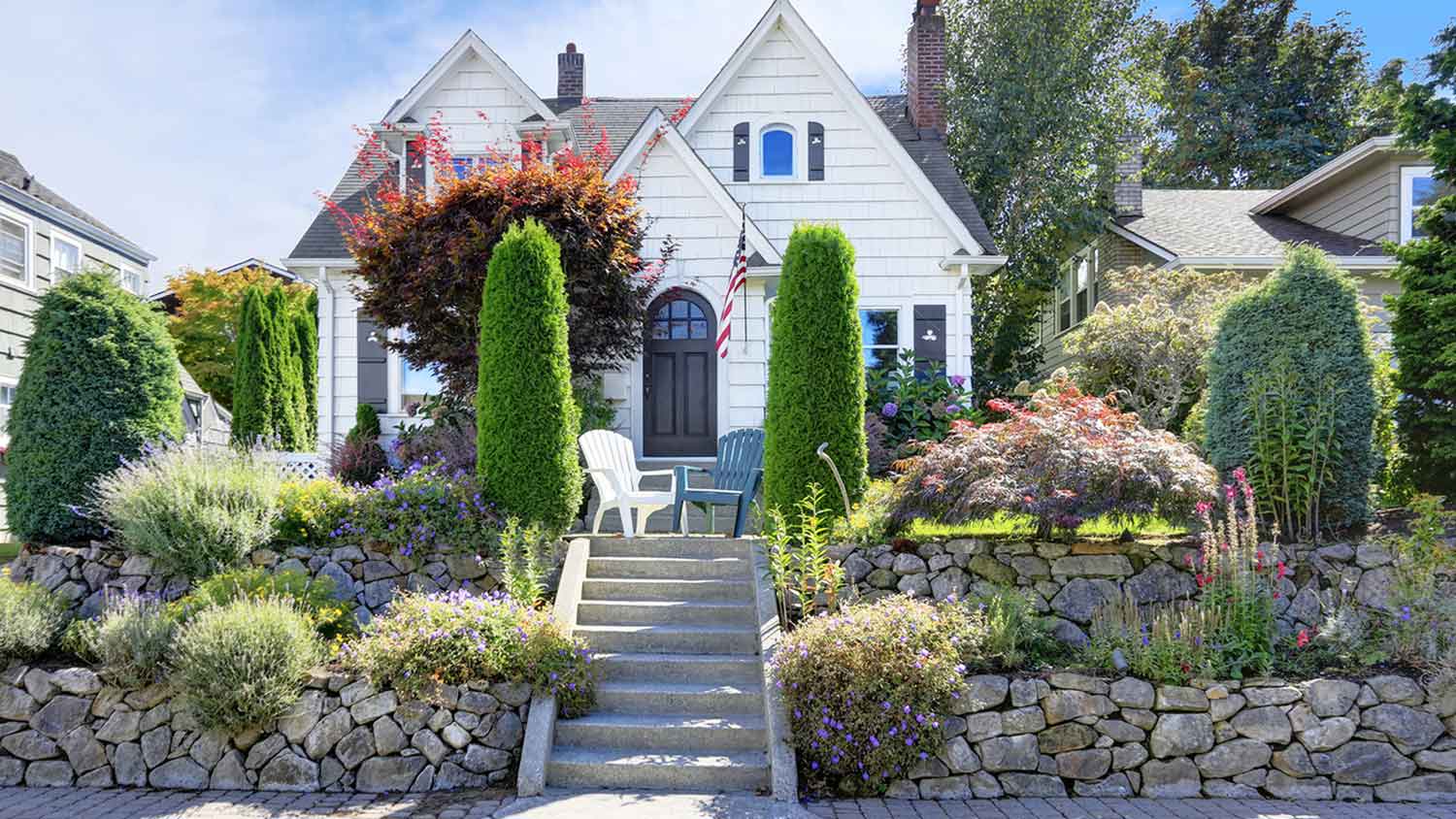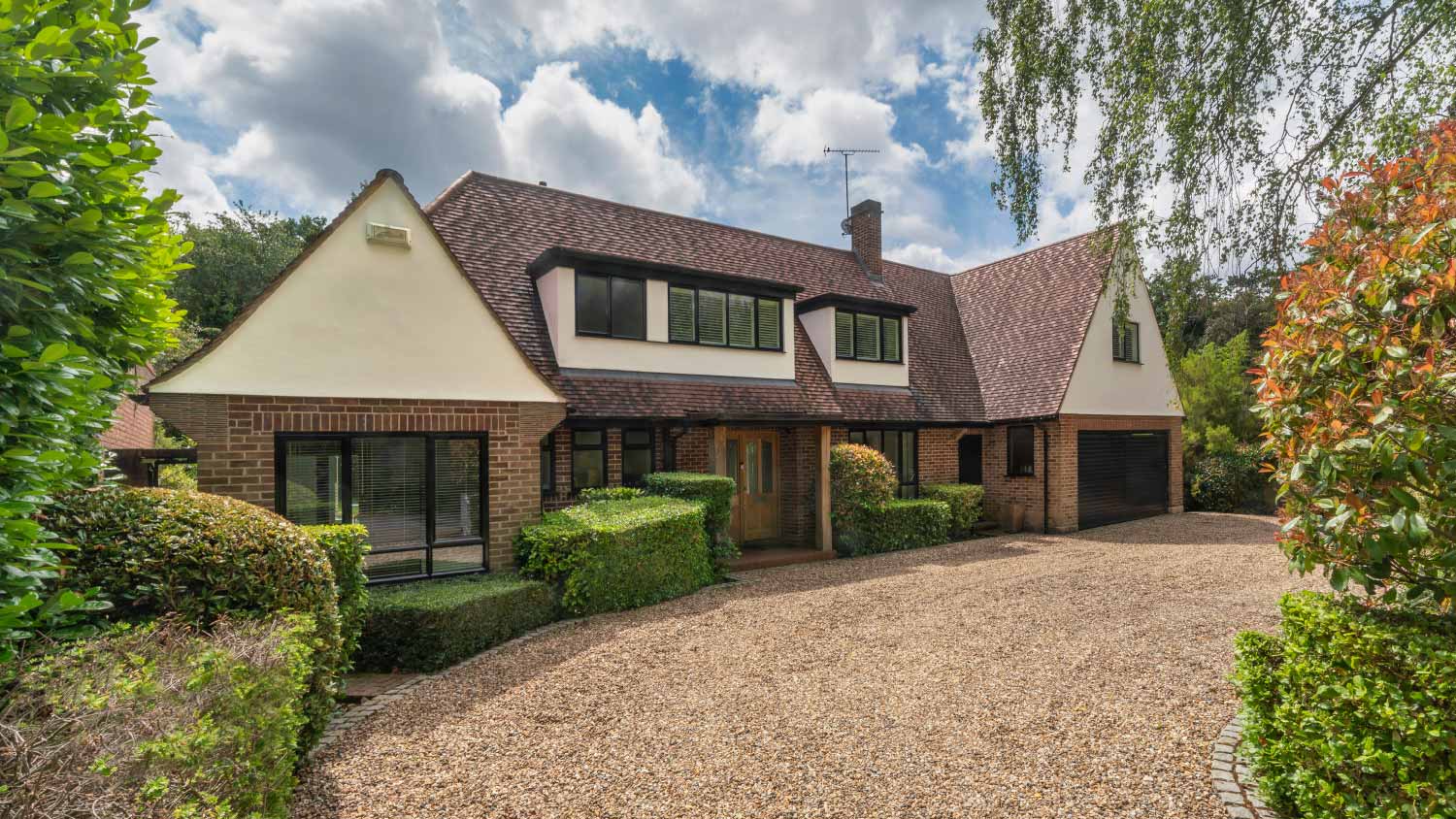
Thinking about installing concrete or brick pavers for a walkway or patio? Learn the cost of interlocking pavers in this informational guide.
Do yourself a favor—remove that paver


With proper care and maintenance, pavers can last 25 years or more—making them an excellent and versatile option for patios and walkways. However, over time, individual pavers may crack, shift, or degrade and need replacing. Fortunately, replacing a paver is a simple DIY project that can be completed in just a few hours, using items you likely already have at home. Read on to learn how to replace pavers and keep your patio looking its best.

While you could buy a paver puller at a hardware store, you likely already have the materials necessary to make one yourself. Using wire cutters, cut two 8-inch pieces from a wire clothing hanger. With pliers, bend a 1-inch-long section 90 degrees on the ends of each cut piece of wire. Do the same on the other ends, with the bent section pointing away from the middle section—this should create two “handles” on your wire piece.
Loosening the paver from its position will help you to lift it easily. Using a pry bar or flat shovel, gently disconnect the paver from the adjacent ones. Do this on all sides of the paver until there is a small gap.

Slide one end of the wire “handles” into the sand alongside the loosened paver. Twist the handles underneath the paver while holding the handles on the other end. Pull up with even strength on the handles to lift the paver away from its setting. If the paver doesn’t lift easily, gently work around the edges to loosen it further—do not attempt to force it out of its position.
If your pavers are set in rows, start working to remove other pavers row by row. If your pavers are set in a circular fashion, you should work inward-out.
If you need to remove cracked or otherwise damaged pavers, you should start by breaking them into smaller pieces—a chisel and hammer can help you do this. Once the paver is broken up, you should then remove the small pieces individually, being careful not to damage any adjacent pavers. Before replacing the broken paver with a new one, clean out any remaining debris.
If your goal is to remove and replace a paver, you can save some money on labor and tackle this project yourself—the cost for patio repair, including paver replacement, can be $35 per hour, not including supplies and the cost of the new paver.
That said, a local concrete patio company can help check your patio for any structural damage that might be contributing to cracked or broken pavers, and ensure that the placement of a new paver is done to guarantee stability and longevity.
From average costs to expert advice, get all the answers you need to get your job done.

Thinking about installing concrete or brick pavers for a walkway or patio? Learn the cost of interlocking pavers in this informational guide.

Retaining wall repair cost can vary widely based on the age and condition of the wall being restored. Learn why finding the right pro is important for getting the job done.

Porcelain pavers are a high-end option for your home’s hardscaping that can completely transform your outdoor space. Here’s how much porcelain pavers cost.
.jpeg?impolicy=leadImage)
Pavers are a popular option for homeowners redoing their hardscaping. Learn everything you need to know about what pavers are in this guide.

Choose the right material for your patio, walkway, or driveway. Learn the differences between pavers vs. concrete so you can make the right choice for your project.

How much gravel do I need? It all depends on the area you cover and the gravel type. Use our gravel calculator to find out.